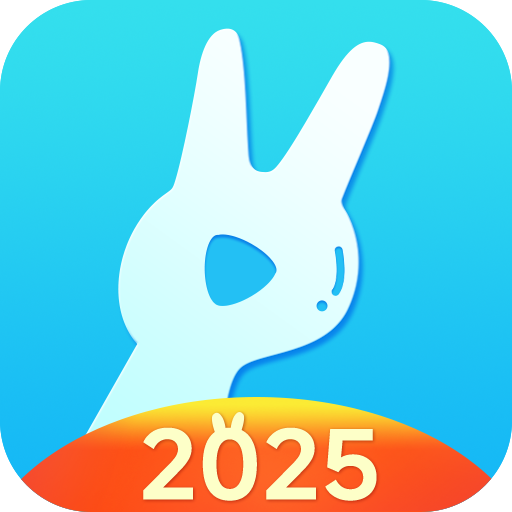西方37大但人文艺术英文: Bridging Tradition and Innovation in Contemporary Artistic Practices
Bridging tradition and innovation represents a pivotal theme in contemporary artistic practices, especially within the context of Western art. Today’s artists are increasingly exploring how historical influences can coexist and interact with modern methodologies, resulting in a dynamic interplay that enriches the creative landscape.
The dialogue between tradition and innovation transcends mere stylistic adaptations; it involves a deep engagement with cultural heritage. Many contemporary artists draw inspiration from classical techniques and motifs, infusing them with contemporary narratives and technologies. This fusion produces works that resonate on multiple levels, inviting audiences to reflect on the juxtaposition of the past and the present.
One striking example can be found in the realm of painting, where artists like Kehinde Wiley recontextualize traditional portraiture to reflect todays diverse society. Wileys works pay homage to earlier masters while simultaneously challenging the representation of marginalized identities. Such approaches not only breathe new life into classical forms but also provoke critical discourse about societal norms, identity, and power structures.
In sculpture, artists like Anish Kapoor fuse ancient materials and techniques with modern concepts, creating monumental pieces that engage viewers in immersive experiences. Kapoor’s use of reflective surfaces and exploration of space prompts contemplation on perception, existence, and the role of art in contemporary life. His work exemplifies how the manipulation of traditional craftsmanship can lead to innovative forms that transcend conventional boundaries.
Digital technology further exemplifies the synthesis of tradition and modernity. The rise of digital media and virtual reality has opened new avenues for artistic expression, enabling artists to create immersive environments that challenge the traditional confines of artwork. Collaborations between technologists and artists have emerged, resulting in hybrid forms that blend the tactile with the digital, reshaping audience interactions with art.
The ongoing exploration of tradition and innovation in Western art highlights a vibrant, evolving cultural narrative. As artists continue to engage with and reinterpret historical influences, the potential for creative dialogue remains limitless. This convergence not only honors the past but also paves the way for future artistic explorations, affirming the essential role of art in reflecting and shaping contemporary society.





















